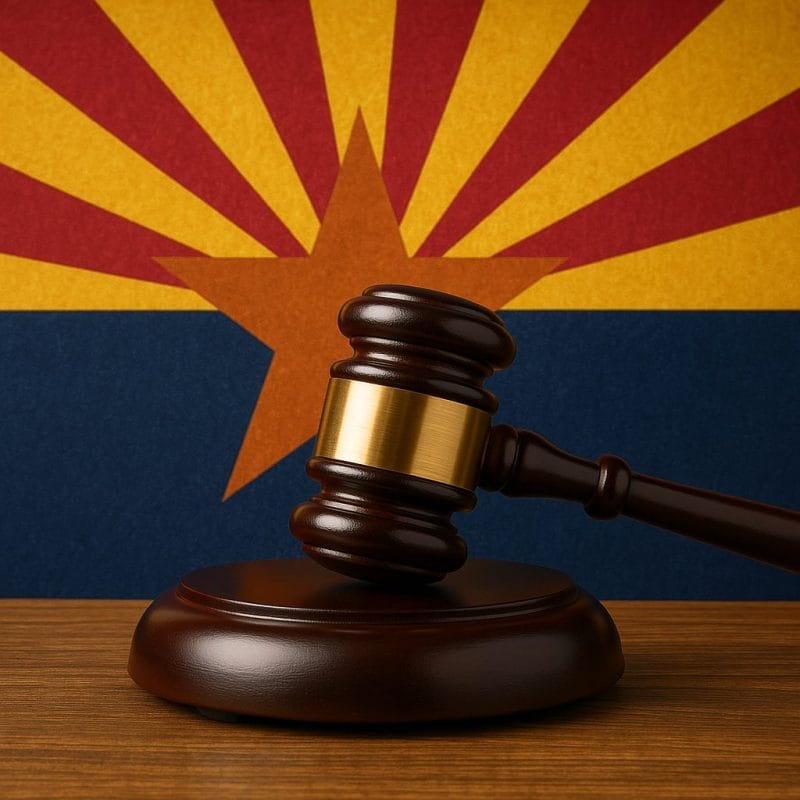“This policy is a step in the right direction as it’s become increasingly evident that there’s a need to mitigate satellite collisions and space debris. However, with Chevron overruled, it’s possible that the FAA’s authority to regulate space debris is challenged.”
-Shruti Gurudanti, Rose Law Group partner and corporate transactions director
By Federal Aviation Administration
WASHINGTON — The Federal Aviation Administration is proposing a rule to limit the growth of new orbital debris and reduce the potential for collisions with spacecraft and satellites to promote a sustainable space environment.
If left unchecked, the accumulation of orbital debris will increase the risk of collisions and clutter orbits used for human spaceflight and for satellites providing communications, weather and global positioning system services.
The proposed rule would require commercial space operators to choose from among five options to dispose of the upper stages of launch vehicles. These include:
- conduct a controlled reentry;
- move the upper stage to a less congested storage or graveyard orbit;
- send the upper stage on an Earth-escape orbit;
- retrieve the upper stage (called active debris removal) within five years; or
- perform an uncontrolled atmospheric disposal.
By strictly limiting the uncontrolled reentry of upper stages, the FAA seeks to mitigate the risk to people on the ground and in flight due to its significant size and mass and the uncertainty of where it will land.
The proposed rule also would align commercial space orbital debris mitigation practices with those accepted by the U.S. government for its space missions.
As of July 2023, the number of orbital objects sized 10 cm or greater is estimated to be over 23,000. Recent debris projections estimate a total of one-half million objects sized between 1 and 10 cm on orbit, and over 100 million objects larger than 1 mm.
The 90-day public comment period will begin after the proposed rule is published in the Federal Register in the coming days.








